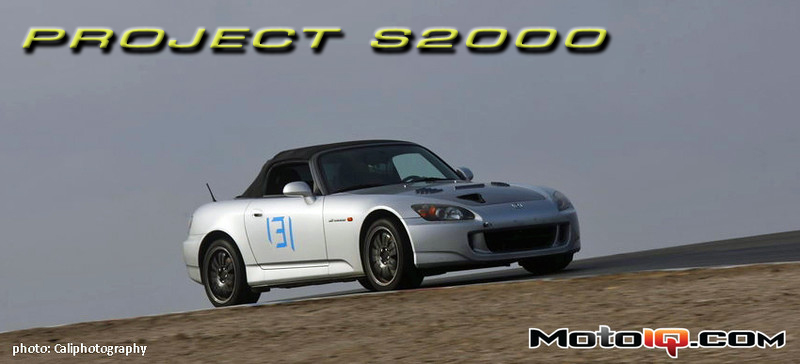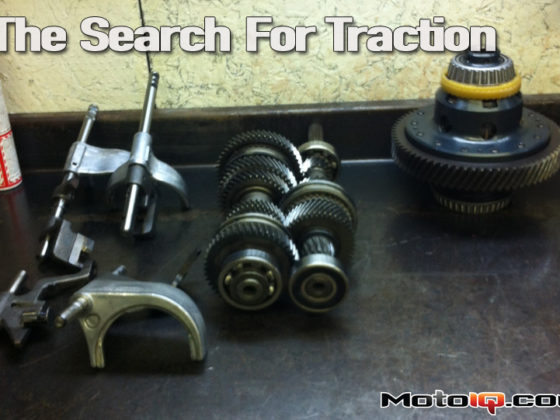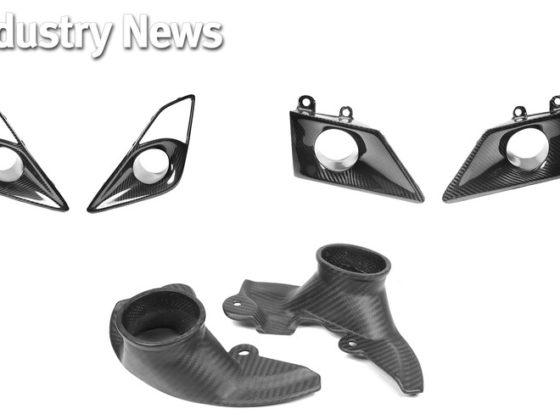,
 The only bearing showing any type of exposure to dirt is the lower shock mount for the front shock.
The only bearing showing any type of exposure to dirt is the lower shock mount for the front shock.


 The NT01s are getting near the end of their life after about two years, ~5k-6k miles, a couple dozen auto-x runs, four track days, and general hard driving. With the non-staggered setup, I’ve been able to rotate the tires front to back and left to right to get the most life out of them.
The NT01s are getting near the end of their life after about two years, ~5k-6k miles, a couple dozen auto-x runs, four track days, and general hard driving. With the non-staggered setup, I’ve been able to rotate the tires front to back and left to right to get the most life out of them. Testing testing testing… Here I’m pulling datalogs off the Hondata KPro. Check out the peak oil temperature of 103.9 deg C shown on the ARK Design MFD2 . That’s with an ambient temperature of around 55 deg F. The oil cooler and vented hood work like champs in keeping the oil temperature in check.
Testing testing testing… Here I’m pulling datalogs off the Hondata KPro. Check out the peak oil temperature of 103.9 deg C shown on the ARK Design MFD2 . That’s with an ambient temperature of around 55 deg F. The oil cooler and vented hood work like champs in keeping the oil temperature in check. To check out the effect of plugging the hose on the front oil catch can, I compared 4th gear data from Buttonwillow and my track day at Autoclub. Ignore the absolute values of the manifold air pressure as that’s due to different ambient conditions. What is important is the slope of the line. I plotted the Autoclub data with and without the NACA duct to show the NACA duct did provide ram air effect. Recall I was only seeing about half of the theoretical pressure gain due to ram air at Autoclub and the MAP was dropping as the engine approached maximum engine speed. The slope of the line for MAP at Autoclub is -0.0009 kPa/rpm. With the plug installed, the data at Buttonwillow is now only -0.0003 kPa/rpm! Looking at it another way, the MAP at Autoclub without the plug in the front hose went from ~96.5kPa at 6400rpm to ~95.5kPa at 7800rpm. At Buttonwillow with the plug installed, the pressure only dropped from ~100.5kPa to ~100kPa. So the plug gained me about 0.5kPa of manifold pressure! At 100mph (~7800rpm in 4th gear), the theoretical pressure gain is about 1.23kPa and in my testing at Autoclub, I was gaining ~50% of that. So that would mean my baseline gain with no plug would be about 0.615kPa (you can also see that in the Autoclub data at 7800rpm engine speed). With the plug installed, I gained ~0.5kPa more manifold pressure putting me at ~1.1kPa which is just shy of the 1.23kPa theoretical maximum gain.
To check out the effect of plugging the hose on the front oil catch can, I compared 4th gear data from Buttonwillow and my track day at Autoclub. Ignore the absolute values of the manifold air pressure as that’s due to different ambient conditions. What is important is the slope of the line. I plotted the Autoclub data with and without the NACA duct to show the NACA duct did provide ram air effect. Recall I was only seeing about half of the theoretical pressure gain due to ram air at Autoclub and the MAP was dropping as the engine approached maximum engine speed. The slope of the line for MAP at Autoclub is -0.0009 kPa/rpm. With the plug installed, the data at Buttonwillow is now only -0.0003 kPa/rpm! Looking at it another way, the MAP at Autoclub without the plug in the front hose went from ~96.5kPa at 6400rpm to ~95.5kPa at 7800rpm. At Buttonwillow with the plug installed, the pressure only dropped from ~100.5kPa to ~100kPa. So the plug gained me about 0.5kPa of manifold pressure! At 100mph (~7800rpm in 4th gear), the theoretical pressure gain is about 1.23kPa and in my testing at Autoclub, I was gaining ~50% of that. So that would mean my baseline gain with no plug would be about 0.615kPa (you can also see that in the Autoclub data at 7800rpm engine speed). With the plug installed, I gained ~0.5kPa more manifold pressure putting me at ~1.1kPa which is just shy of the 1.23kPa theoretical maximum gain. There was another sign the ram air was working better; I was driving around town after the track day and noticed the car sounded odd. Well, this vacuum line connected to the intake tube had popped off. My thought is the increased air pressure in the intake tube (and therefore intake manifold) eventually caused it to pop off showing the ram air effect was indeed improved by putting the plug in the front hose. I might use some hair spray to keep the hose from popping off again; it’s an old mountain bike trick I learned for installing handle bar grips. The hair spray is slick when wet allowing the grips to slide on easily. As the hair spray dries, it becomes very sticky keeping the grips in place. The trick should work well for this little hose too.
There was another sign the ram air was working better; I was driving around town after the track day and noticed the car sounded odd. Well, this vacuum line connected to the intake tube had popped off. My thought is the increased air pressure in the intake tube (and therefore intake manifold) eventually caused it to pop off showing the ram air effect was indeed improved by putting the plug in the front hose. I might use some hair spray to keep the hose from popping off again; it’s an old mountain bike trick I learned for installing handle bar grips. The hair spray is slick when wet allowing the grips to slide on easily. As the hair spray dries, it becomes very sticky keeping the grips in place. The trick should work well for this little hose too. This is how much oil was caught by the catch cans after the track day at Buttonwillow. This is roughly one quarter to one third of what came out after the day at Autoclub. I’ll call the plug a success.
This is how much oil was caught by the catch cans after the track day at Buttonwillow. This is roughly one quarter to one third of what came out after the day at Autoclub. I’ll call the plug a success.So I learned my ram air NACA duct works close to the theoretical maximum if I actually plug up leak paths. Plugging up the front hose leak path also greatly reduced the mass of oil getting pumped through the PCV valve and into the oil catch can. The spherical bearings in the suspension make the car very stable over curbing in addition to improving the precision of the steering and handling. Recording all the awesomeness was the Replay XD Prime X camera. I love the Wi-fi and long last battery life.
What’s next for Project S2000? The overall feel of the GT3RS is still the vision. I think I have the mechanical feel of the car down with the responsive drivetrain and ride and handling. My major issue now is interior related. I’m sliding all over the place in the stock seat as it lacks significant bolstering and it is hampering my driving. More safety related bits are also always a good thing for a car that sees the track. Stay tuned.




